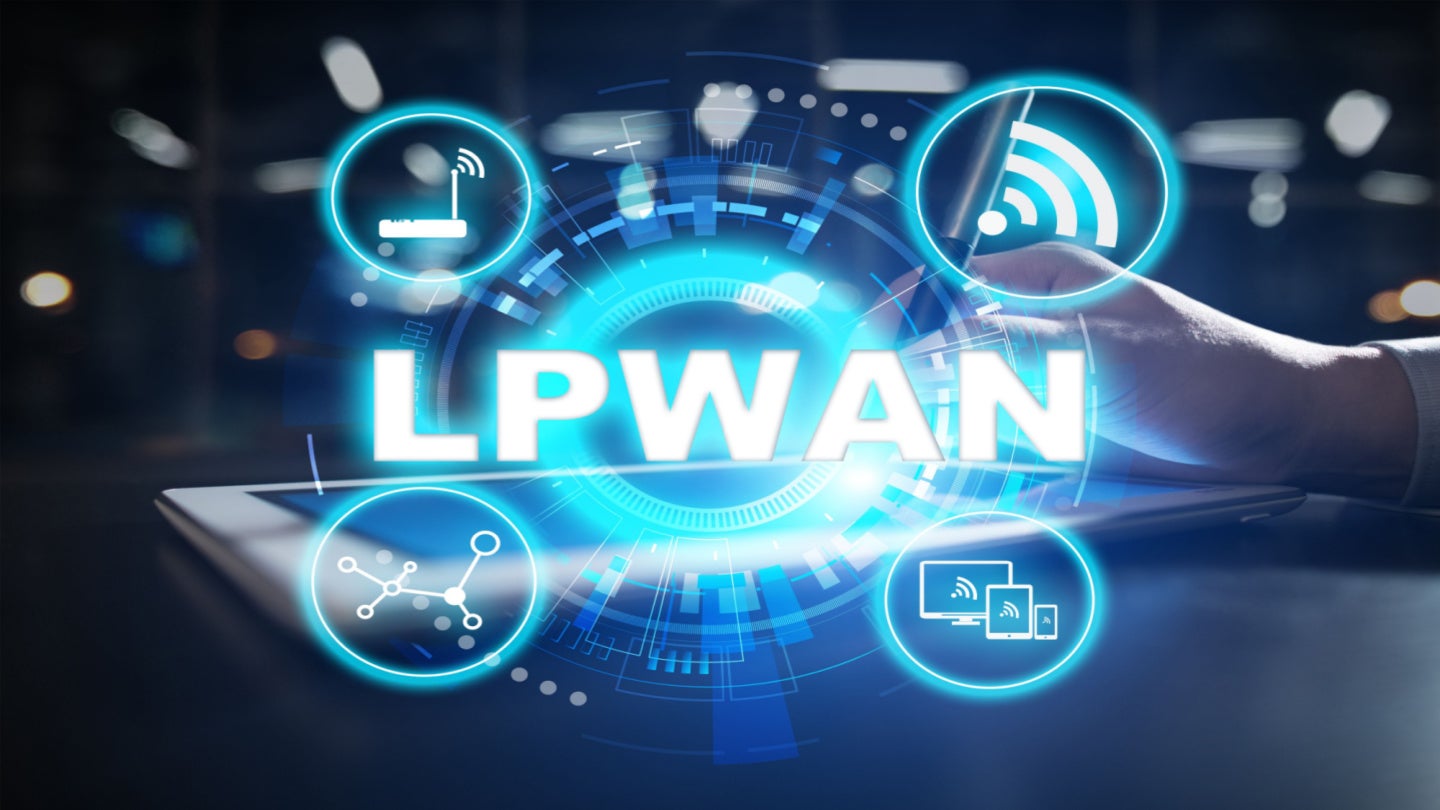
Low-power wide-area networks (LPWANs) for the Internet of Things (IoT) did not achieve the kind of growth that analysts, network operators, device makers, and even potential users (like utilities and local governments) predicted 10 years ago. Even five years ago, the IoT industry confidently expected the advent of narrowband IoT (NB-IoT) and LTE-M standards to kickstart deployments on a vast scale.
But NB-IoT and LTE-M technologies have taken years for operators to roll out, build roaming partnerships, and certify devices, which has resulted in a slower build for the overall LPWAN market than they expected. The industry also over-estimated demand, failing to recognize the level of enterprise readiness. With the economics of LPWAN tending to require deployments of 10,000 or more connections to make financial sense for service providers—their low average revenue per unit needs many, many units to make money—it has not been a mass market enterprise opportunity so far. Deployments by utilities, governments, and other very large organizations take a long time to plan, budget, and install.
LPWANs remain a fundamental aspect of leading IoT service provider strategies
Despite that, LPWAN remains a fundamental aspect of leading IoT service provider strategies. Several European telcos experienced very rapid growth during 2022, with some claiming triple digit annual percentage growth in LPWAN connections. For one operator, they account for 10% of all of its IoT connections, while another says LPWAN currently represents 20% of gross additions.
NB-IoT has opened up new use cases for mobile operators. For example, it has enabled them to support connections in places that cellular couldn’t easily reach, such as basements or other underground locations. Meanwhile, LTE-M is enabling new applications with its support for voice and mobility, with service providers seeing growing traction in asset tracking, condition monitoring, and consumer use cases (e.g., wearables). Initially, battery life was seen as the most important feature of LPWAN connected devices, as their basic function in taking sensor readings was quite simple and keeping them powered-on was all that mattered. But now that key verticals have deployed NB-IoT or LTE-M at scale, device and connectivity performance have gained in importance. Other initiatives by service providers to advance their LPWAN strategies include increased roaming capillarity and partnering with OEMs on integrated connectivity.
Barriers to continued growth
Barriers to continued LPWAN growth include investment cost, due to the significant commitment required to justify network rollouts (spectrum, licenses, services, etc.), and global coverage, since a roaming footprint is needed to support both non-stationary connected devices and global deployments. Most OEM device makers want a large roaming footprint so they can launch products globally. Service providers may also be challenged by the consequences of low revenue-per-unit 2G/3G services being replaced or cannibalized by even lower revenue-per-unit LPWANs.
Meanwhile, IoT providers see potential in new areas such as low power satellite IoT, viewing it as complementary—rather than a threat—to their cellular-based IoT networks (including LPWANs). While operators are still focused on expanding NB-IoT connectivity to cover all of their terrestrial footprint, some, such as Telefonica, are working on integrating low-power satellite connectivity with their management platforms, making it compatible with current devices and allowing NB-IoT devices to switch to satellite communication in a way that is transparent for the customer.
How well do you really know your competitors?
Access the most comprehensive Company Profiles on the market, powered by GlobalData. Save hours of research. Gain competitive edge.

Thank you!
Your download email will arrive shortly
Not ready to buy yet? Download a free sample
We are confident about the unique quality of our Company Profiles. However, we want you to make the most beneficial decision for your business, so we offer a free sample that you can download by submitting the below form
By GlobalDataThere is also a role for operators in new developments to have connectivity baked in at the chip level, bringing iSIMs to LPWAN. This would move connectivity providers to a new place in the supply chain, while potentially enabling ultra-low power use cases. Orange is working on this with its IoT Continuum partners Sierra Wireless, Lacroix, and STMicroelectronics, resulting in large-scale deployments such as connecting 800,000 radiators for an energy provider in France.
Other growth areas may include indoor IoT, with providers starting to see traction in factories and airports using NB-IoT on private networks for tool tracking, enabling LPWAN technology to compete with low power Zigbee and Bluetooth devices. With short range wireless IoT accounting for 37% of all IoT deployments tracked by GlobalData since 2011, this could represent a significant opportunity.





Related Company Profiles
Telefonica SA
STMicroelectronics NV
Lacroix SA
Sierra Wireless Inc